“Whether an illness affects your heart, your leg or your brain, it’s still an illness, and there should be no distinction. It’s time to tell everyone who’s dealing with a mental health issue that they’re not alone, and that getting support and treatment isn’t a sign of weakness, it’s a sign of strength.” ~ Michelle Obama
More than half of people with mental illness do not receive help for their struggles. This is greatly influenced by the stigma, prejudice, and discrimination that is prevalent in many societies and communities. A 2016 study on mental health stigma concluded that “there is no country, society or culture where people with mental illness have the same societal value as people without mental illness.” America is no exception, although the severity varies across regions. While stigma is not the sole cause of people struggling with mental illness, it certainly contributes to it. The team at Charlotte’s Web has created an insightful visualization of where people in the United States have the poorest mental health.
Click below to zoom

These numbers are self-reported, which is alarming because it makes you wonder how many people are slipping through the cracks due to stigma, lack of awareness, societal influences, and other factors. West Virginia is by far the most concerning – it tops the state chart and contains the majority of the counties with the poorest mental health. Depression, anxiety, bipolar disorder, and schizophrenia rates are among the highest in the nation. In the Healthiest Communities Ranking, the average score among West Virginia’s counties was around 28 out of 100. The five poorest-scoring counties for mental health were all in West Virginia. Another study found that 24.62% of adults in West Virginia are struggling with mental illness. What could be going on in West Virginia? A major contributor is stigma – West Virginia has a culture of independence and grit, so it is often frowned upon to seek help for mental illness. Lack of access to proper care is another factor; the rate of mental health providers per 100,000 people is 45% below average than the rest of America.
Charts like this give us an opportunity to fight stigma. No one should have to suffer in silence. If you are someone you know is struggling, there are options.
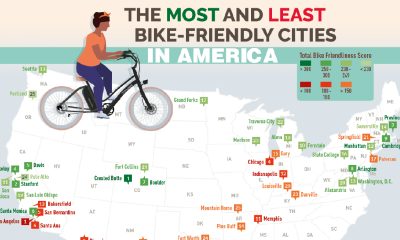
 Charts3 years ago
Charts3 years ago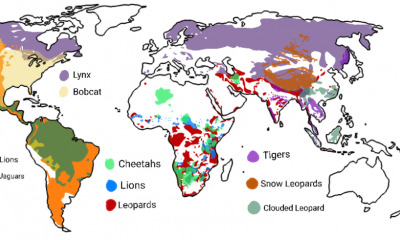
 Maps4 years ago
Maps4 years ago
 Misc Visuals3 years ago
Misc Visuals3 years ago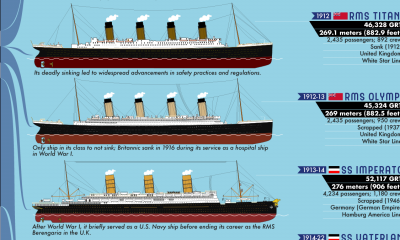
 Timelines4 years ago
Timelines4 years ago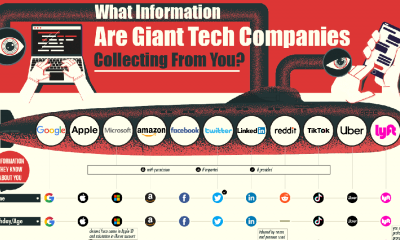
 Charts4 years ago
Charts4 years ago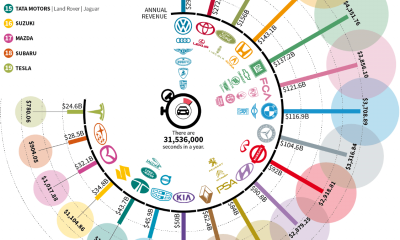
 Charts4 years ago
Charts4 years ago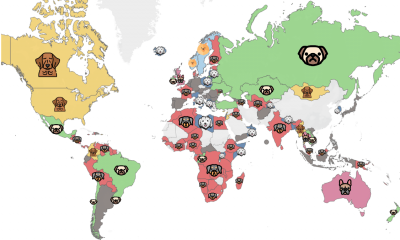
 Maps3 years ago
Maps3 years ago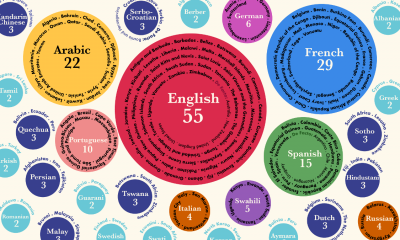
 Charts4 years ago
Charts4 years ago



